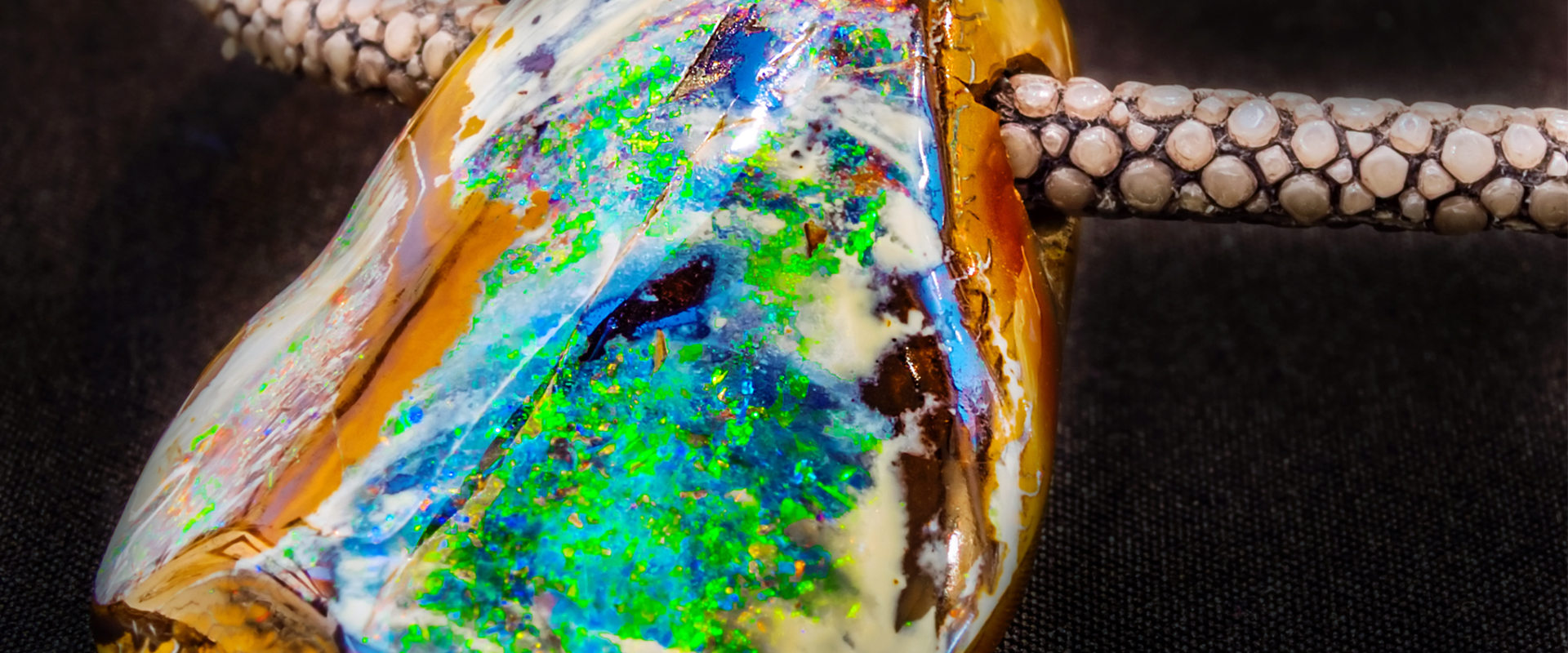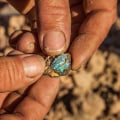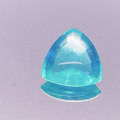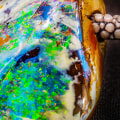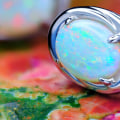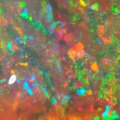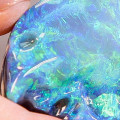Throughout much of history, opals were believed to bring good luck. The Romans thought that opals were one of the luckiest gemstones and a symbol of hope. In the Middle Ages, it was believed that opals had all the positive properties of colored gemstones due to their rainbow-like play of colors. Another factor contributing to the bad reputation of opal may be the fact that opals are a relatively fragile gemstone.
Opals are a soft gemstone compared to diamonds, and can be broken if treated badly or if treated roughly. This may have contributed to a general perception of opal as “bad luck”, as it would break anyone's heart to lose a precious beautiful opal or family heirloom. All the evidence shows that throughout history opal has been considered the stone of good fortune. In the Middle Ages, opals were considered a talisman of good luck, since they contained all the virtues of each gemstone combined, including its range of colors.
However, opals were not considered bad luck by everyone. Legend has it that opals fell from the sky in lightning. While others speculate that the creator came to earth in a rainbow, leaving these colored stones where his feet touched the ground. Writers have compared gemstone to volcanoes, galaxies and fireworks.
Admirers gave the opals extraordinary poetic names such as Pandora, Light of the World and Empress. The name “opal” comes from the Greek word opallios, which means “to see a change of color”. And because the stone has a kaleidoscopic range of colors similar to all other gems, the Romans thought it was the most precious and powerful of all. For centuries, people have associated this jewel with good luck.
In fact, throughout most of history, opal has been considered to be the luckiest and most magical of all gems because it can display all colors. During the Middle Ages, people believed that opal possessed the powers of every gemstone whose color appeared in its brilliance, making it a very lucky stone. It is particularly fortunate to make a wish to an opal if there is a rainbow in the sky. Of all its rainbow colors, black opal is extremely fortunate and the most uplifting of opals, as it brings light to the aura.
During the Crusades, women would give their crusaders an opal to give them good luck in battle, and opals were often placed in the navel of an expectant mother to facilitate childbirth. Despite the superstitious associations of opal, the charming birthstone is still a popular choice and an ideal lucky charm. In the 1960s, the term “play of colors” was used to characterize the display of an opal of various colors of the rainbow. Scientists discovered that it is composed of microscopic spheres of silica that radiate light to show these various colors.
These eye-catching gemstones are called “precious opals”; the ones with no play of colors are “common opals”. Around 1850, opal was discovered in Australia and had produced 95 percent of the world's supply. Since then, the supply of classic opal in Australia has dropped considerably, which has impacted the price of the single gem. However, due to its sparkling play of colors, opal is still in high demand, as it can adapt to many changing tastes and moods.
With so many opal treatments on the market, it's important to understand the different improvement processes. Kunz, author of The Curious Lore of Precious Stones, says: “There is no doubt that much of the modern superstition about the supposed unfortunate quality of opal owes its origin to a careless reading of Sir Walter Scott's novel, 'Anne of Geierstein'. I wore this opal through the war with me and I remember once when I thought it was my last day on earth. Perhaps extending to the topic of invisibility, some believe that opals help in astral projection, a state of definite invisibility.
The story also tells that opal became an object of dread and was associated with the death of the victim. However, in the late 19th and early 20th centuries, possibly for commercial reasons, there was a proliferation of harmful reports that opal was a stone of bad luck. Blond girls from Germany and Scandinavia were encouraged to wear opal pins in their hair, as they were thought to add a magical shine to their golden locks and protect them from freezing rain, wind and other vicissitudes of the Nordic climate. In the Middle Ages, opal was known as the “eye stone” because of the belief that it was vital for good eyesight.
Luckily for Scott, his book was very popular; unfortunately for opal, people at that time began to associate opals with bad luck and death, and surprisingly sales of the gemstone fell by 50% and remained low for 20 years later. Unfortunately, they were so successful that some people still think that opal is a stone of bad luck, an unfortunate belief inherited from grandparents and great-grandparents who believed De Beers's lie. Connecting opals with “misfortune but hope”, this page seems to cover the field of symbolic associations of this jewel. There are many reports that opal brings luck to people, including the many opal miners who have made their fortune and lived long and prosperous lives.
In the 7th century it was believed that opals possessed magical properties and centuries later Shakespeare was credited with describing opal as that miracle and queen of gems. The opal, which actually belonged to Ana's exotic grandmother, turns out to have turned pale as a warning to its owner against poisoning (which was the real cause of her grandmother's death). So, actually, the story that opal causes bad luck is nothing more than an old-fashioned urban myth. .
.
